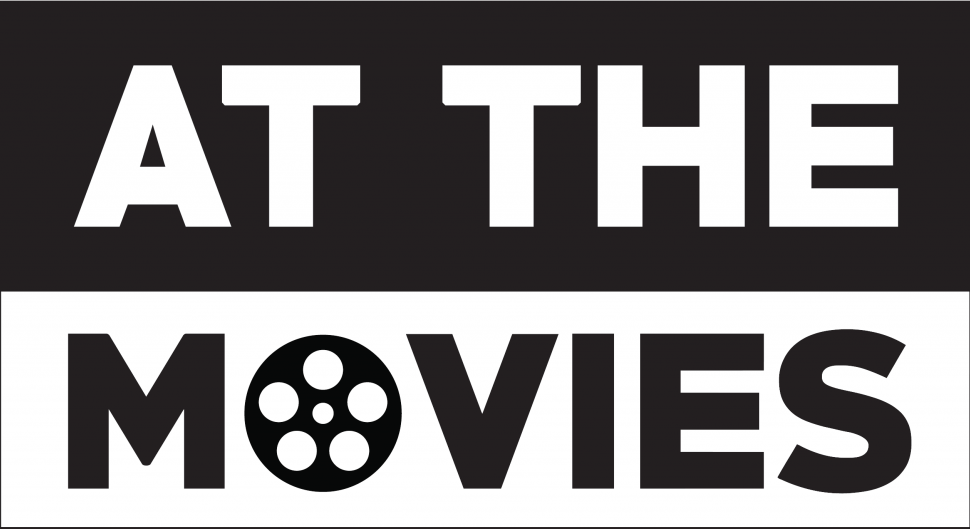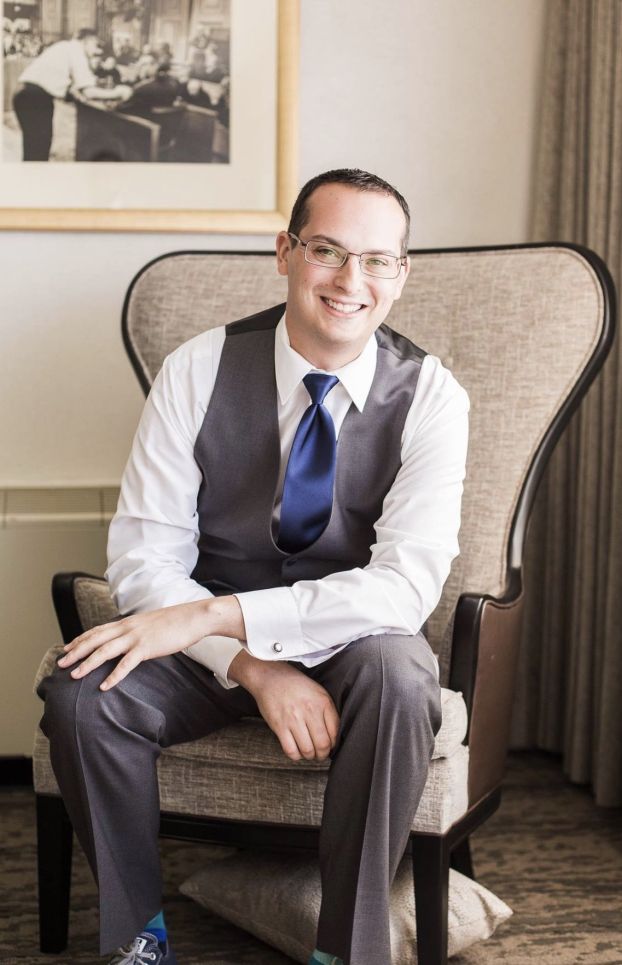Images courtesy of Method Studios and Netflix
David Feinsilber was the Visual Effects Supervisor/Visual Effects Producer for the recent film Velvet Buzzsaw. David sits down with ATM to discuss the importance of a Visual Effects Supervisor for the film and the industry.
ATM: While having a leadership role in visual effects on this film, what was your most interesting moment you experienced on set?
DF: The most interesting moment was working with the director to bring art to life. One of the coolest sequences that we did was the scene where Josephina gets taken by the painting and sucked down into the wall. It was cool to see all the elements in the gallery, graffiti, practical plates and eventually VFX, and art come together on set and through post. It was one of those scenes that jumped off the page when I first read it.
ATM: What are some misconceptions in your line of work?
DF: A lot of people think visual effects are all about big, fantastic stuff. But there are so many invisible effects that you do not see. I think these are the best type of visual effects. They’re so much broader than seeing creatures and other things that are not real. It could be anything from fixing or changing a sky or adding period piece elements to a building. The big misconception is that visual effects are only the effects that “stand out” when they can be anything.
ATM: What would you reflect about the aesthetic nature in this film?
DF: The brief from the director was to keep the effects as grounded and as plausible as possible when you have art coming to life. All the art was created specifically for the movie by our awesome Production Designer Jim Bissell. That set the aesthetics for the visual effects and kept it grounded. Because we were making an art film, the VFX really had to complement the physical art to marry up seamlessly. Even when we were doing something fantastical, such as a painting of monkeys coming to life, we had to find that middle ground where the monkeys had a look that they could be the inspiration and “models” that were used for the original painting.
ATM: As a graduate of SUNY of Buffalo, where your mascot was a Bull, where do you take on the animalistic traits that are manifested in a bull in your profession?
DF: Growing up in the New York area I was raised with the mentality of working hard. To stick with things and never take no for an answer. To keep pushing and plugging away. I know it sounds cliche, but that mentality stuck with me through my whole career.
ATM: Are you familiar with Georges Méliès, who is the God Father of Visual Effects/Special Effects?
DF: Yes, I think so.
ATM: He was a French Illusionist and film director who took a very different approach to creating the look of films during the early 20th century, with special effects that made things appear that weren’t there. You are making the audience believe things are there that are not. In this movie, for example, the scene where the art swallows Josephina is that kind of illusion.

Images courtesy of Method Studios and Netflix
DF: There are two moments in Velvet Buzzsaw where we do some subtle illusions and trickery, which a first-time viewer may not necessarily pick up right away. The first is the illusion of Josephina in the wall. The concept there is that the gallery was fake. When she’s part of the wall at the end, we wanted it to be something we cut to and you wouldn’t know it was Josephina right away. She’s camouflaged into the wall. Throughout the movie we wanted to play with the fact that Dease was somehow controlling the art. In the beginning of the movie, we have a portrait of Dease where his eyes shift a little. It’s subtle, but you subconsciously pick it up. It adds to the creepiness of the movie.
ATM: Do you believe visual effects/special effects will one day get adapted into art history?
DF: I hope so. This would be great. I do think visual effects has a long-standing place in film history. Look at stop-motion animation and what visual effects were even five years ago. Look at something like The Lion King compared to The Jungle Book. There were only a few years in between but Lion King is miles ahead ago. Visual effects keep getting better and we’re moving into the next frontier of VR, AR and MR, which is a whole untapped area.
ATM: Technology is a big part of your profession. I think the art world or art movement has moved to films through visual effects of this era. The whole painting aspect with the painter and the canvas has moved to the computer being the paint and the film as the canvas. And someone in your line of work as the painter. This is modern day art history.
DF: Yes, but ultimately, the film is still very much the director’s vision. Technology keeps improving, and it really does help directors create visions and tell stories that they wouldn’t have been able to do even five years ago.
ATM: How would you reflect on the prominence of visual effects in this movie?
DF: The VFX shots that we have really enhance the film and add to the crepiness in the film. We have a whole range of effects that we were able to achieve on this one, from a Miami mansion (shot in LA), through hoboman, and of course the “art effects.” They’re part of the fabric of the movie and it make it that much more enjoyable to watch. We had a great team, and great work, coming out of Method Studios and Shade VFX that brought out that vision.
ATM: An artwork alone already creates a story with its variety of mediums. So, when you incorporate visual effects, how does that add to the story? For example, one of the characters got severely burned in the car. When you look at the artwork alone you see a story. The effects added to it made the monkey reach his hand out. Now, what new story does this create?
DF: This is one of my favorite shots in the movie. At first, it’s a subtle effect, when the painting starts to recess into the wall. You get the sense that the painter created this entire world. The viewer isn’t quite sure what’s happening, then at the last moment you see real monkey arms shooting out of the frame and grabbing. By the end of the scene, you really have this sense that the art world and the real world are crossing over.

Images courtesy of Method Studios and Netflix
ATM: While in a leadership position how do you work with the element of coordination and planning?
DF: Good planning is key to visual effects. Early in the process it’s critical to work closely with the director to plan out all the VFX so things flow smoothly once they get to post. We had a great team of people and everyone on the production was passionate about their jobs. One of the things I love best about visual effects is that the people we work with share the same passion. It helps with the overall coordination and collaboration.
ATM: When someone watches a film like Velvet Buzzsaw, they see a high degree of visual effects. How can this make them feel calm or happy, or add to the emotional impact of the movie?
DF: Like any film, Velvet Buzzsaw isn’t about the visual effects. They’re part of the entire creative undertaking — music, color, the way it’s shot. Visual effects are just one piece of the whole picture.





